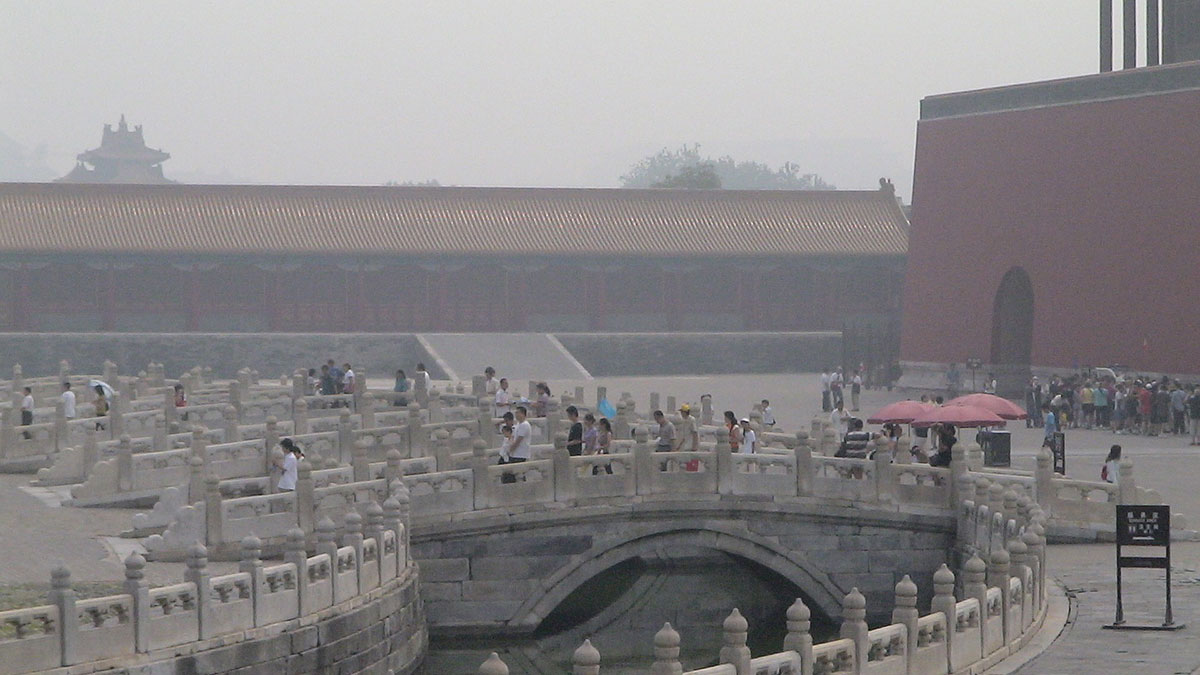Fine particulate matter and meteorological conditions affect Beijing's air quality problems

The recent study did not, however, find an unambiguous limit value for fine particulate matter concentrations, below which the mechanisms associated with the generation of the smog would clearly slow down.
The results indicated that the prevailing atmospheric conditions have a crucial impact on the formation of smog and, therefore, it is unlikely that an unambiguous limit value can be set for particulate matter. Thus, it is clear that the greatest possible reduction in particulate matter emissions, both locally and in neighbouring areas, is key to improving air quality.
Further information:
Researcher Juha Tonttila, Finnish Meteorological Institute, tel. 050 380 3424, juha.tonttila@fmi.fi
Slater, J., Tonttila, J., McFiggans, G., Connolly, P., Romakkaniemi, S., Kühn, T., and Coe, H: Using a coupled large-eddy simulation–aerosol radiation model to investigate urban haze: sensitivity to aerosol loading and meteorological conditions. https://acp.copernicus.org/articles/20/11893/2020/
Jessica Slater, Juha Tonttila, Gordon McFiggans, Hugh Coe, Sami Romakkaniemi, Weiqi Xu, Zhijun Wu, Yele Sun and Pingqing Fu, 2020: Using a coupled LES aerosol-radiation model to investigate the importance of aerosol-boundary layer feedback on a Beijing haze episode. https://pubs.rsc.org/en/Content/ArticleLanding/2020/FD/D0FD00085J#!divAbstract
